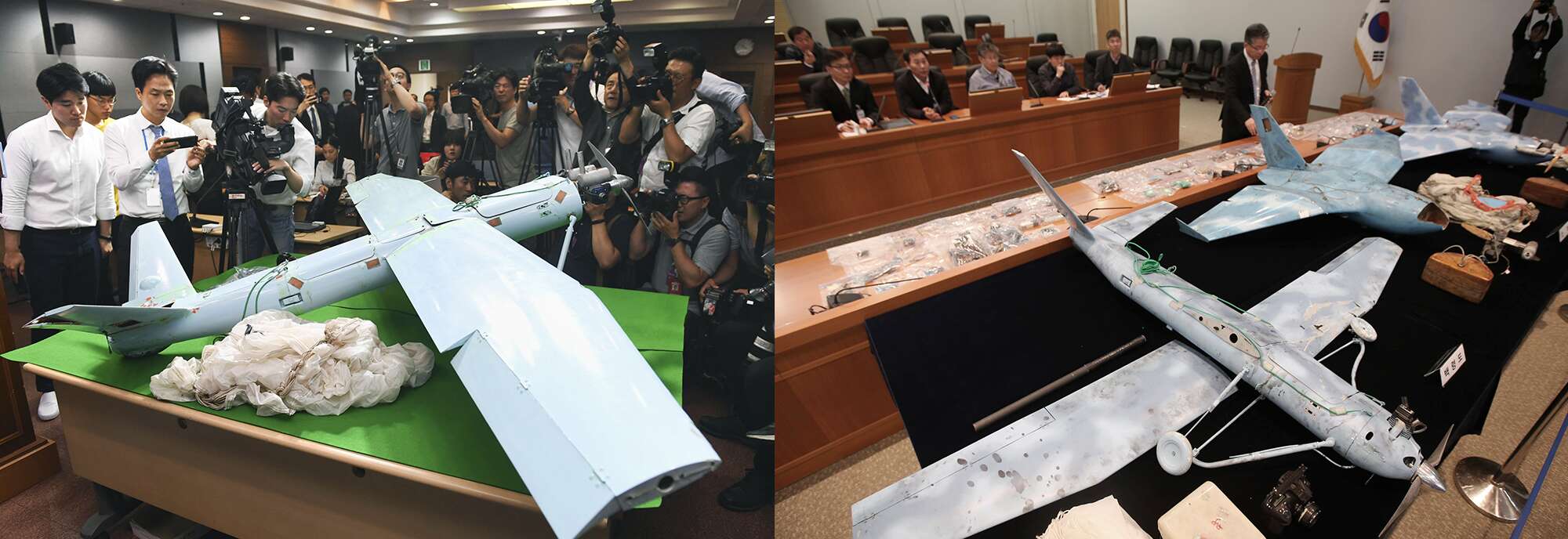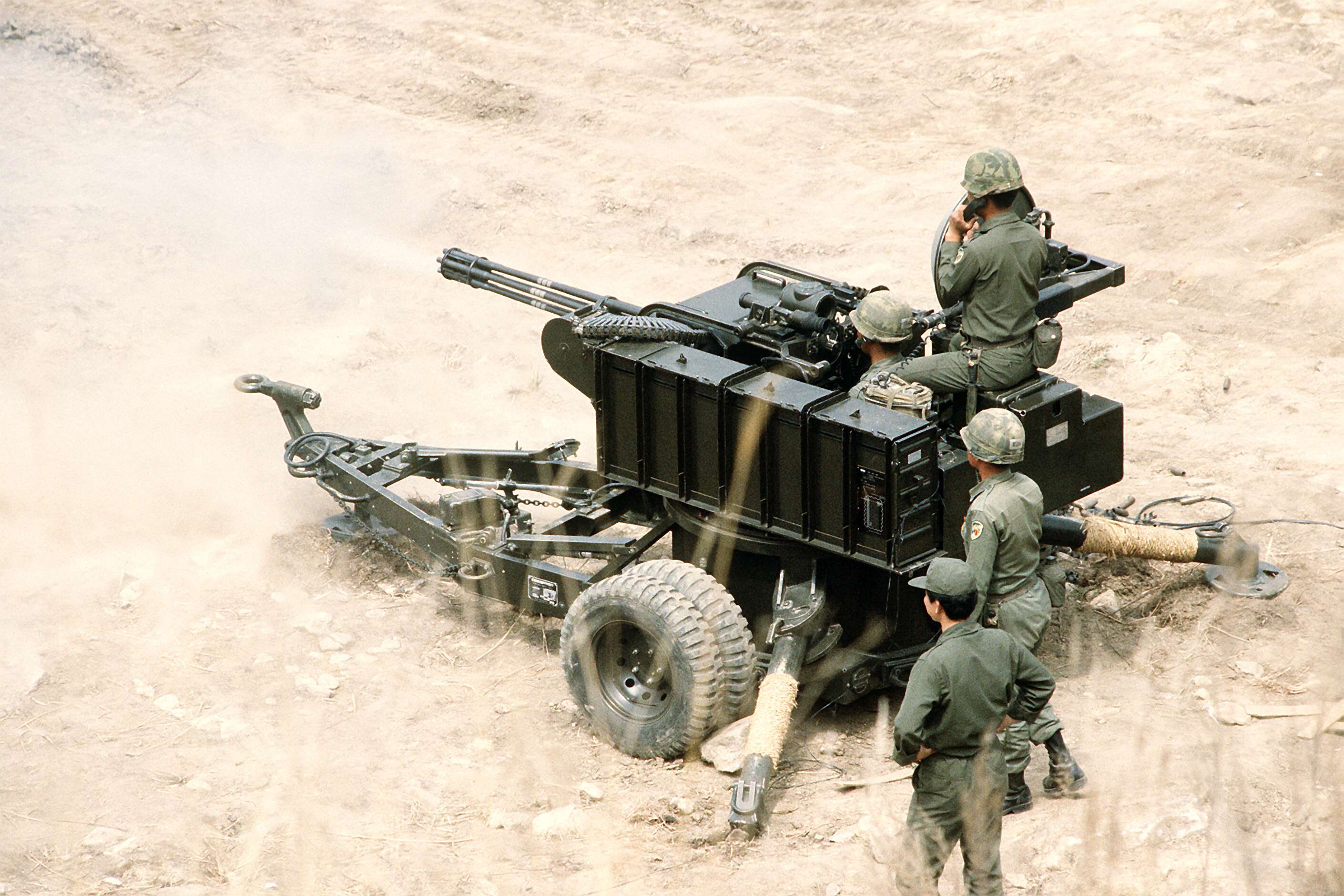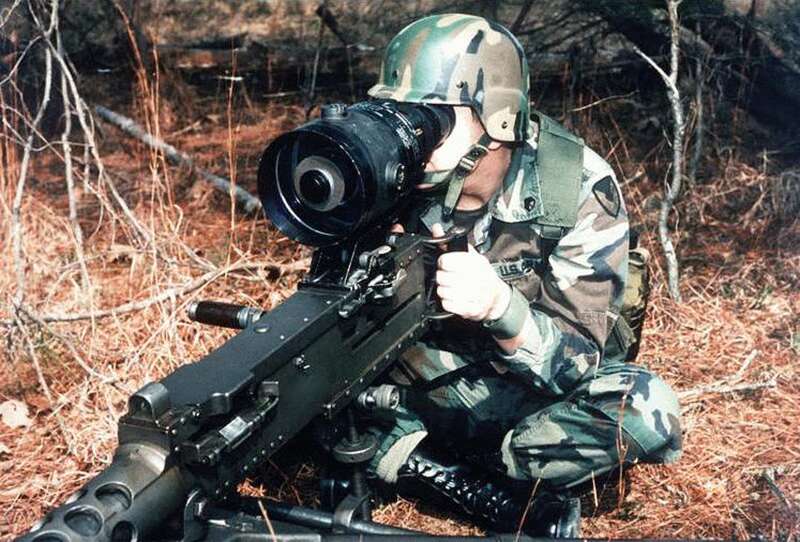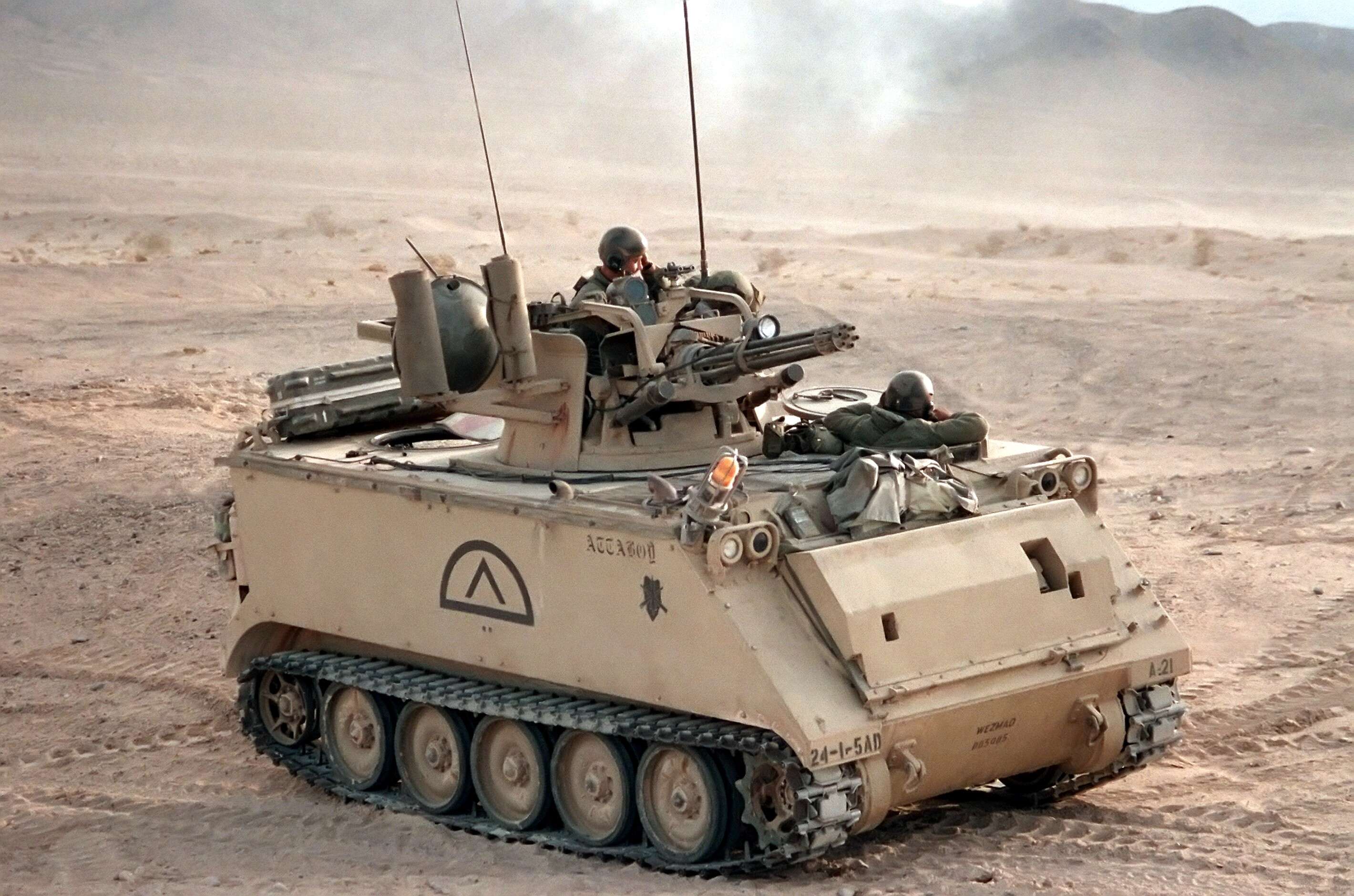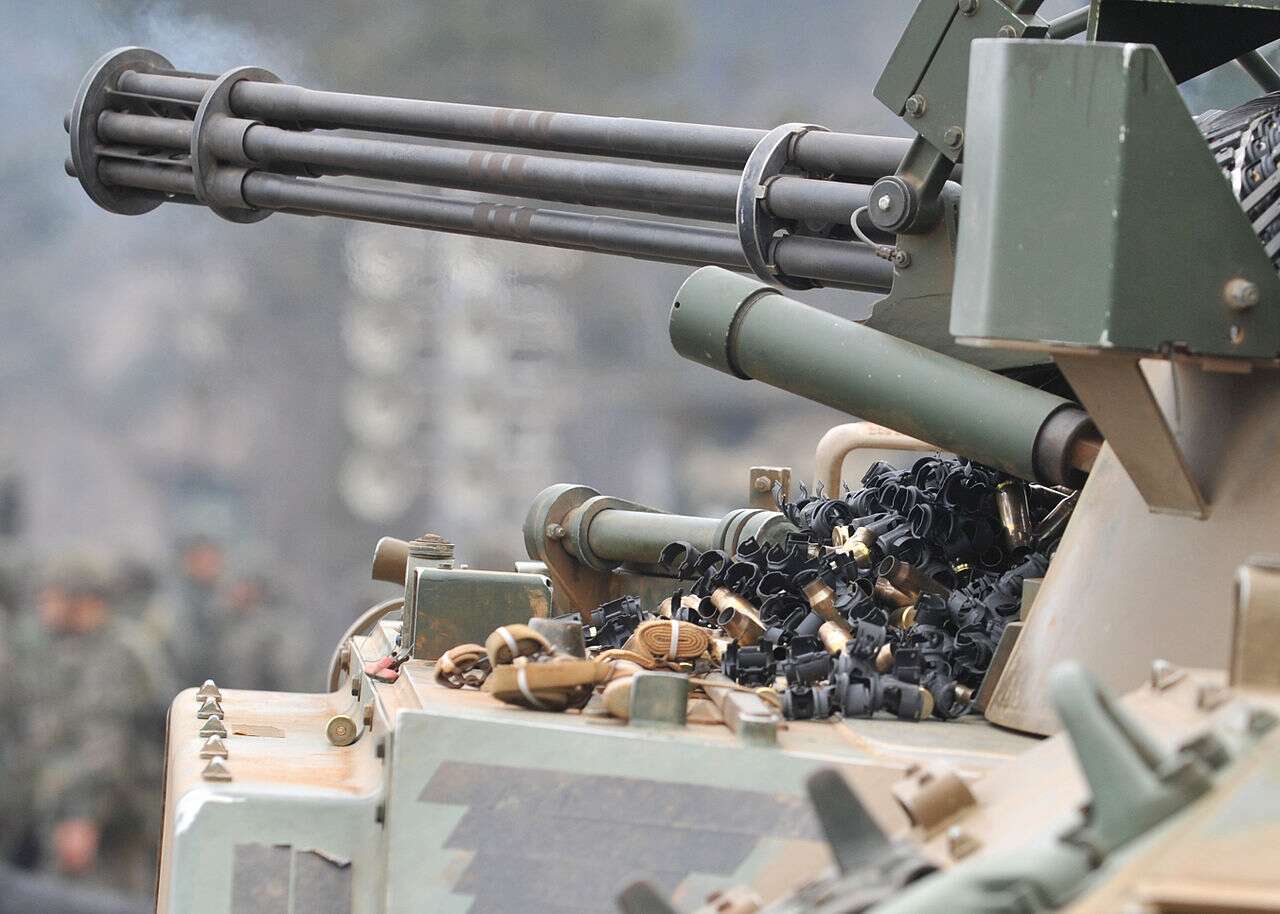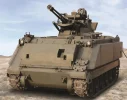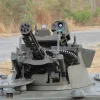South Korea Installing Thermal Sights On Its Vulcan Anti-Aircraft Guns For Good Reason
Everything from throngs of low-flying North Korean AN-2 biplanes, to paragliders, and drones are a growing if not overwhelming threats to South Korea.
By Tyler RogowayNovember 1, 2017
Republic of Korea Armed Forces/wikicommons
SHARE
Tyler Rogoway
View Tyler Rogoway's Articles
twitter.com/Aviation_Intel
Republic Of Korea (ROK) forces will begin having their decades old 20mm Vulcan anti-aircraft guns updated with thermal imaging sensors by 2019, and there is good reason for doing so. North Korea has multiple interdiction techniques that feature very low radar cross-section platforms that would fly at night and at very low altitude into South Korean airspace during a time of war—with some likely passing well within the engagement envelopes of South Korea's M167A3 towed Vulcan Air Defense Systems (VADS) and K263A1 self-propelled derivative of the VADS, which is based on the
K200 Korean Infantry Fighting Vehicle.
America's Startling Short Range Air Defense Gap And How To Close It FastBy Tyler Rogoway Posted in
The War Zone
One Of North Korea's Most Dangerous Weapons Is The Ancient An-2 BiplaneBy Tyler Rogoway Posted in
The War Zone
North Korean Hackers Stole US and South Korea "Decapitation" Plans Months AgoBy Joseph Trevithick Posted in
The War Zone
ISIS Drone Dropping Bomblet On Abrams Tank Is A Sign Of What’s To ComeBy Tyler Rogoway Posted in
The War Zone
Last Time North Korea Shot Down A U.S. Military Plane It Could Have Led To Nuclear WarBy Tyler Rogoway Posted in
The War Zone
These North Korean interdiction platforms include throngs of
low-flying An-2 biplanes and
paragliders. These aircraft would deliver hardened special operations soldiers, with some of them venturing deep into South Korean territory, on one-way missions. Here's how we described this set of asymmetric tactics in a recent post on the An-2's unique role within North Korea's order of battle:
"During the dark of night, as part of the opening throws of a battle royale between South Korea, the U.S. and North Korea, hundreds of these old radial engine biplanes will fly low over the ground at slow speed, penetrating deep into South Korean airspace. For the vast majority of their crews it will be a one-way mission—to deliver Kim Jong Un's hardest shock troops deep behind enemy lines. This is done via low altitude air drop, as seen above, or by landing in short stretches of fields or roadways.
The missions of these North Korean suicide assault teams are many fold, but generally they pertain to creating total havoc deep inside South Korean territory. This includes attacking key infrastructure and military installations, and generally sowing massive terror among the already frightened South Korean populace. This deep insertion tactic alone is one of the main reasons why installations like air bases in South Korea must be prepared for instant war, even on the foot soldier level."
There is also a growing threat from
North Korean unmanned aircraft which have been penetrating into South Korean territory for years now
on reconnaissance missions. North Korean drones are rudimentary, but they could also be launched in large quantities to crudely attack various locales in South Korea, or even potentially
deliver chemical or biological agents. The ongoing nuisance of North Korean propaganda leaflet toting balloons landing in South Korea territory has also become more pronounced as of late.
AP
Various types of North Korean drones have crashed in South Korea over the last decade, with their capabilities slowly becoming more advanced over time.
As you can see, the need is clear for short-range air defenses (SHORADs) that can detect, track, and engage small targets with tiny radar signatures and in the darkness of night. Fitting existing Vulcan Air Defense Systems with a thermal targeting system is at least a relatively inexpensive partial solution to the problem.
DoD
ROK forces train with their M167 Vulcan Air Defense System. It's a tight little package that has a range of up to a couple miles.
Currently South Korean VADS have optical radar assisted targeting, with a dated AN/TVS-5 night vision scope being used for engaging targets after sundown. But compared to a thermal/infrared system, the very narrow field of view and non thermal imaging night vision sight is a poor, if not totally unworkable solution to problem.
FAS.org
The telescope-like AN/TVS-5 was developed in the 1970s for low-light weapons targeting.
If the thermal targeting system is equipped with a boresighted laser rangefinder, M167A3 and K263A1 operators could know exactly when the target is within their cannon's reach. It may be possible to use the VADS radar to do this as well if it is sensitive enough to lock onto the target once the thermal system gets in pointed in
exactly the right position.
The Vulcan Air Defense System (VADS) was introduced into US Army service 1967. The M167 is a self-contained trailer mounted anti-aircraft system based around the M61 Vulcan 20mm cannon that was already becoming the standard gun in fighter aircraft of the era. Earlier versions were optically guided by a crew of two, with a radar only used for ranging, but later versions included a fire control radar that actively assisted in targeting. A self propelled version of the VADS was also put into service. It used the M113 Armored Personnel Carrier as a chassis and was dubbed the M163.







